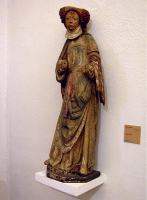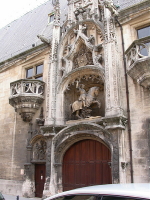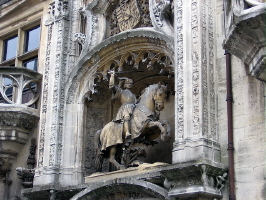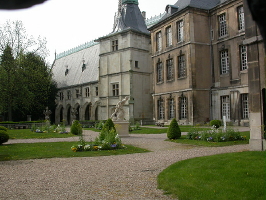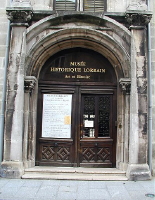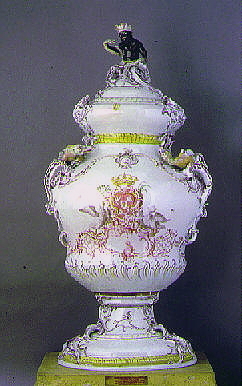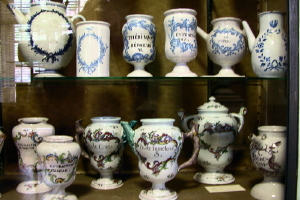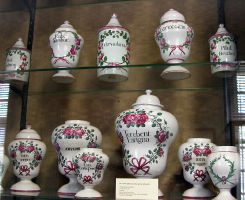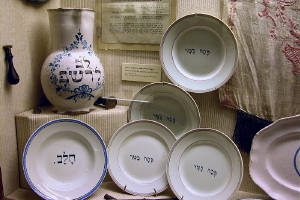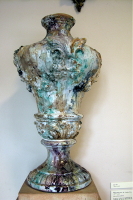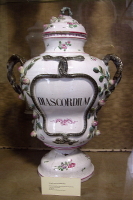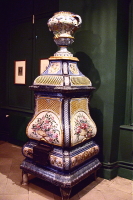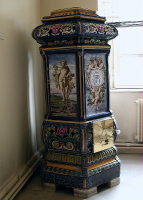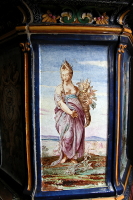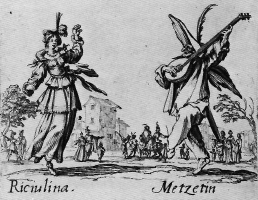Off to
See Early Faience!
Musée
Historique Lorrain
Click
image to enlarge.
The former residence of the Dukes of Lorraine in the 16th century,
the Ducal Palace,
now houses the History Museum of Lorraine. Its 16th century porterie
(former concierge's lodge)
elegantly combines Gothic and Italian Renaissance styles.
Built 1502-1544, heavily restored in 1871, it is the most important
secular building
of the Late Gothic period in Lorraine,
with a doorway and three balconies in richly decorated Flamboyant
style.
This exceptional museum gives one an insight into the rich history
of Lorraine.
Click
images to enlarge.
Click
images to enlarge.
This
museum covers the art and history of the Lorraine region from ancient
to recent times.
Works by the noted Nancy engraver, Jacques Callot, are displayed,
in addition to ceramics, tapestries, statues and other items.
Address: 64 Grande-Rue, Nancy
Museum Web
Site
Click here
Of course, my first objective was their
Faience Collection!
1750
- 1755
The Stanislas armorial urn
from Niderviller
was unfortunately
out on loan to a museum in Tokyo.
But, this is a photo of it.
Click
images to enlarge.
Click
images to enlarge.
Click
images to enlarge.
Jacques
Callot
(Nancy, 1592 - 1635)
I am also a great fan of the 16th century engravings of
the characters of the Commedia dell' Arte by Callot.
So, that exhibit was also thrilling to see!
Click
images to enlarge.
|
Jacques
Callot
(Nancy, 1592 - 1635)
Callot was one of the earliest great creative artists to practice
the graphic arts exclusively. His career can be divided into
two periods: an Italian period, c. 1609-1621, and a Lorraine
period from 1621 until his death. Callot studied the technique
of engraving under Phillipe Thomasin in Rome. About 1612 he
joined Guilio Parigi in Florence. At that time Medici patronage
expended itself almost exclusively on "feste," and both Parigi
and Callot were employed by Cosimo II (de Medici) to create
visual records of these entertainments. Callots compositions
are organized as if they were a stage setting and reduced the
figures to a tiny scale, each one being rendered by the fewest
possible strokes. This required an extremely fine etching technique.
Callot enjoyed a lasting popularity all over Europe. He returned
to Nancy after Cosimo*s death in 1621. During the Lorraine period
Callot illustrated sacred books, made a series of plates of
the Apostles, and visited Paris to make animated maps of the
sieges of La Rochelle and the Ile de RÈ. ~~Callot was one of
the first etchers to used the technique of repeated biting,
and sometimes combined graver work with etching. ~~Reference:
Lieure, J. Jacques Callot, Catalogue de l'oeuvre grave (Paris:
Editions de la Gazette des Beaux-Arts, 1924 (5 vols.)~Meaume,
E. Recherches sur la vie et les ouvrages de Jacques Callot (1852-1859)~
See
more by Callot at the
Fine Arts Museums of San Francisco
Click
here
|
We
returned to Villacourt for lunch... a great meal cooked by Patrick.
After lunch, while Page and Dierk took naps,
Patrick and I looked through his faience collection.
We talked of very little else without our trusty translator!
But, the language of faience was one we both knew well!
Continued...
Click
here
|
